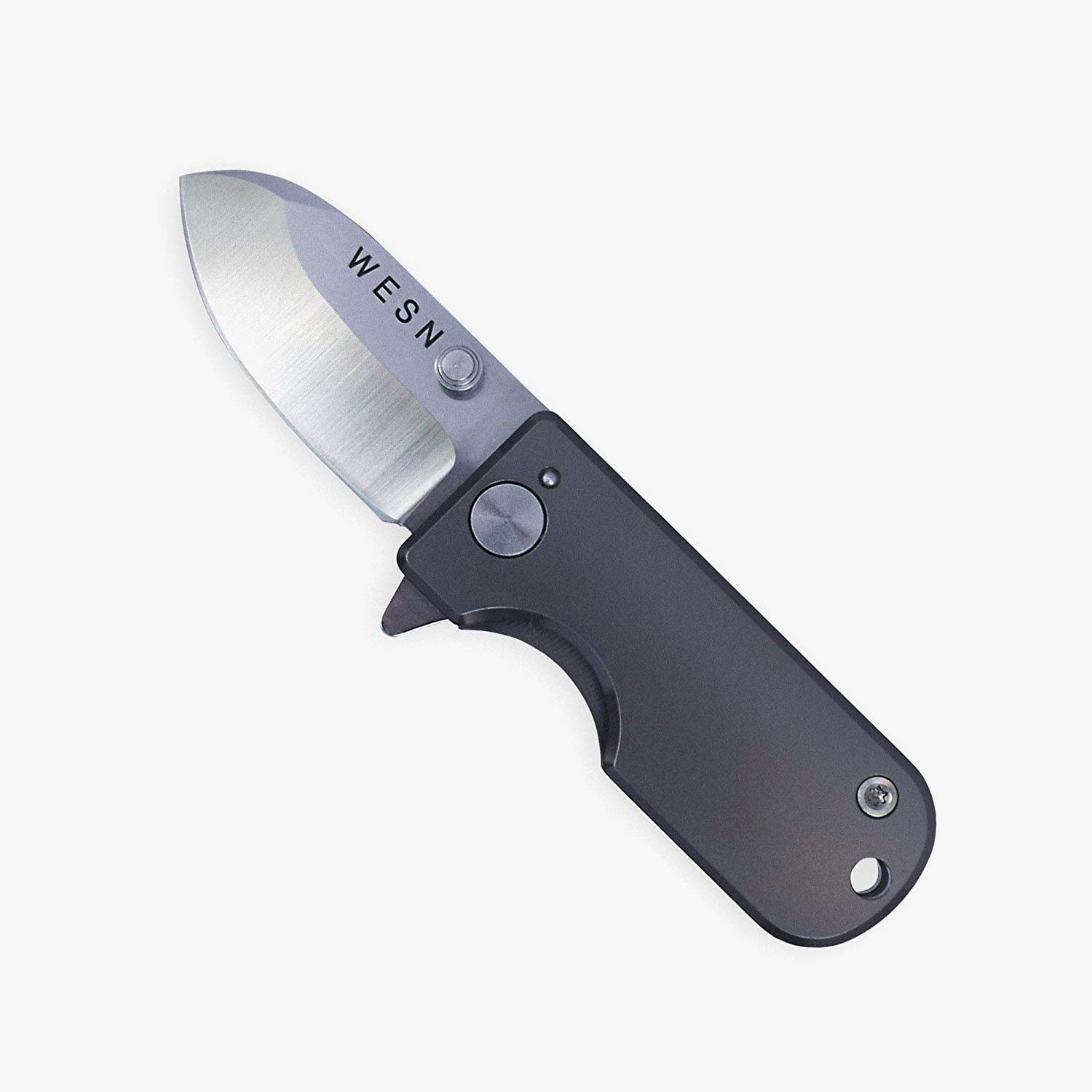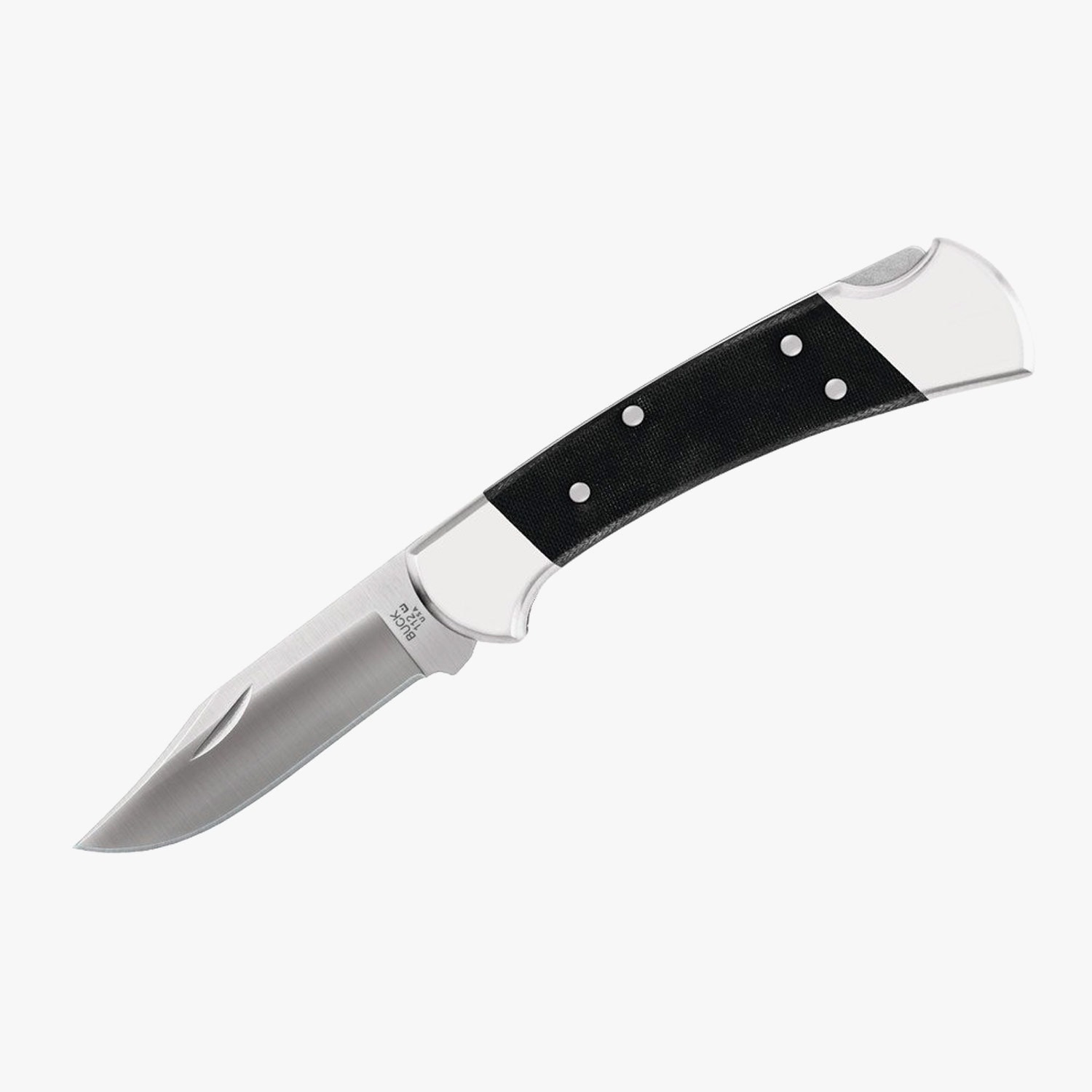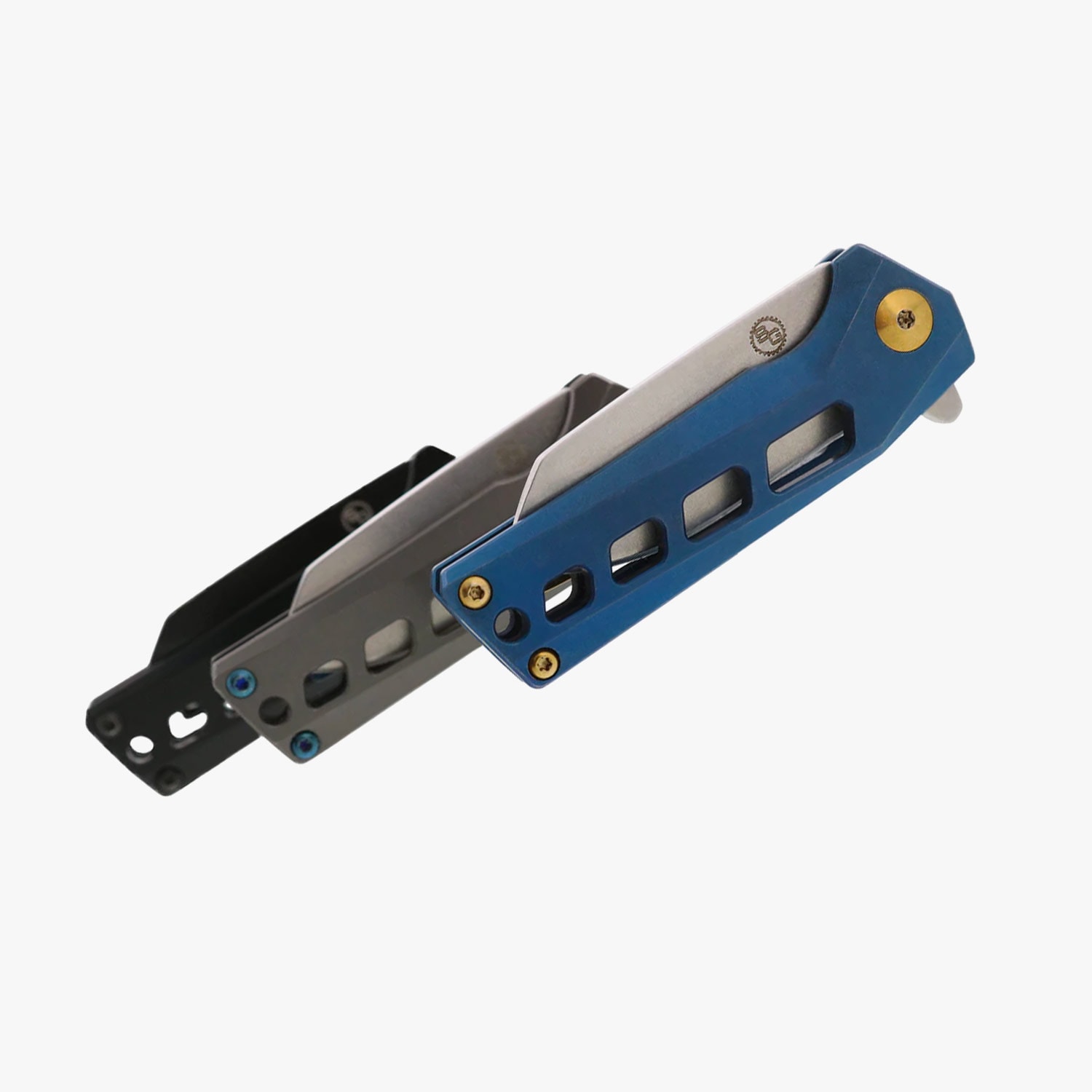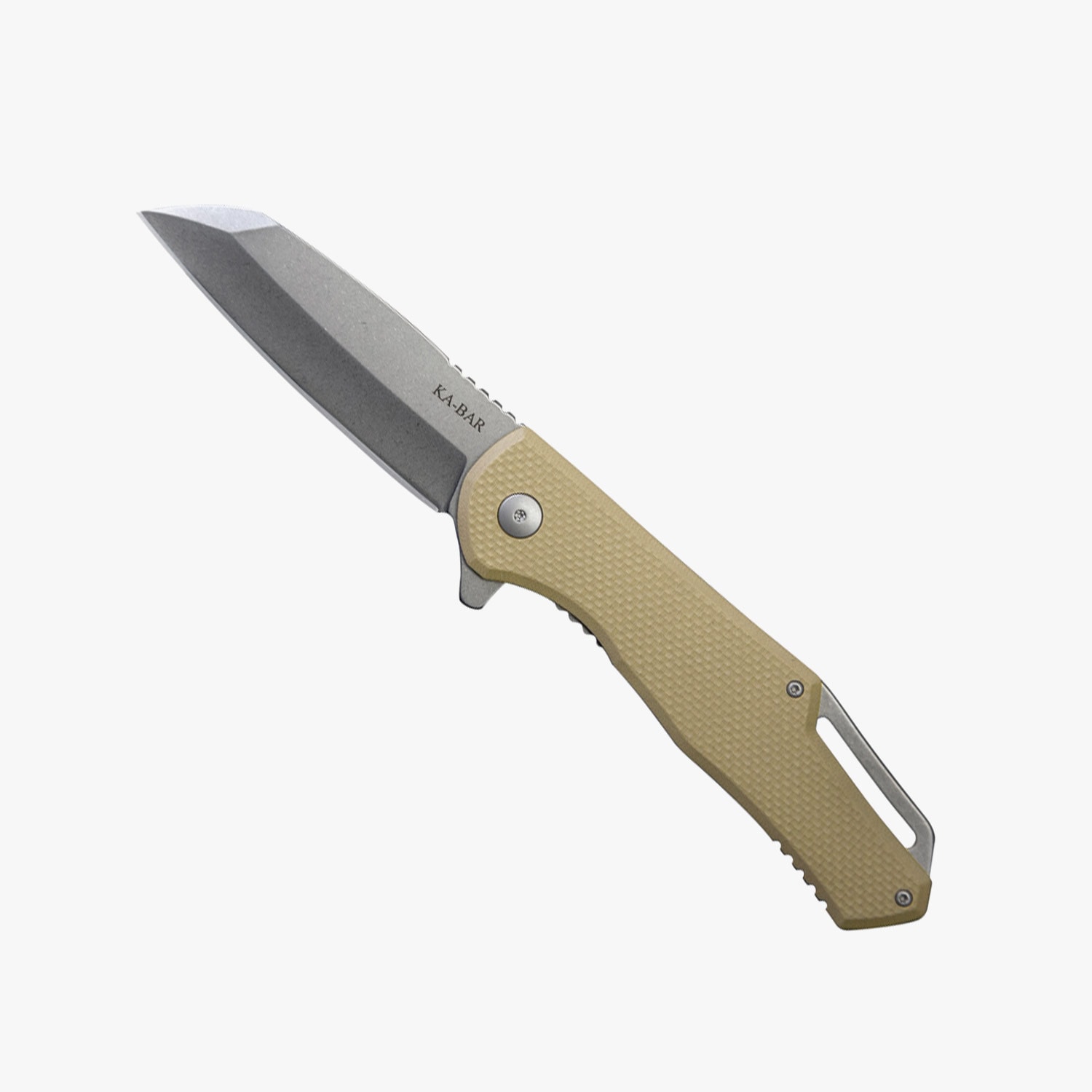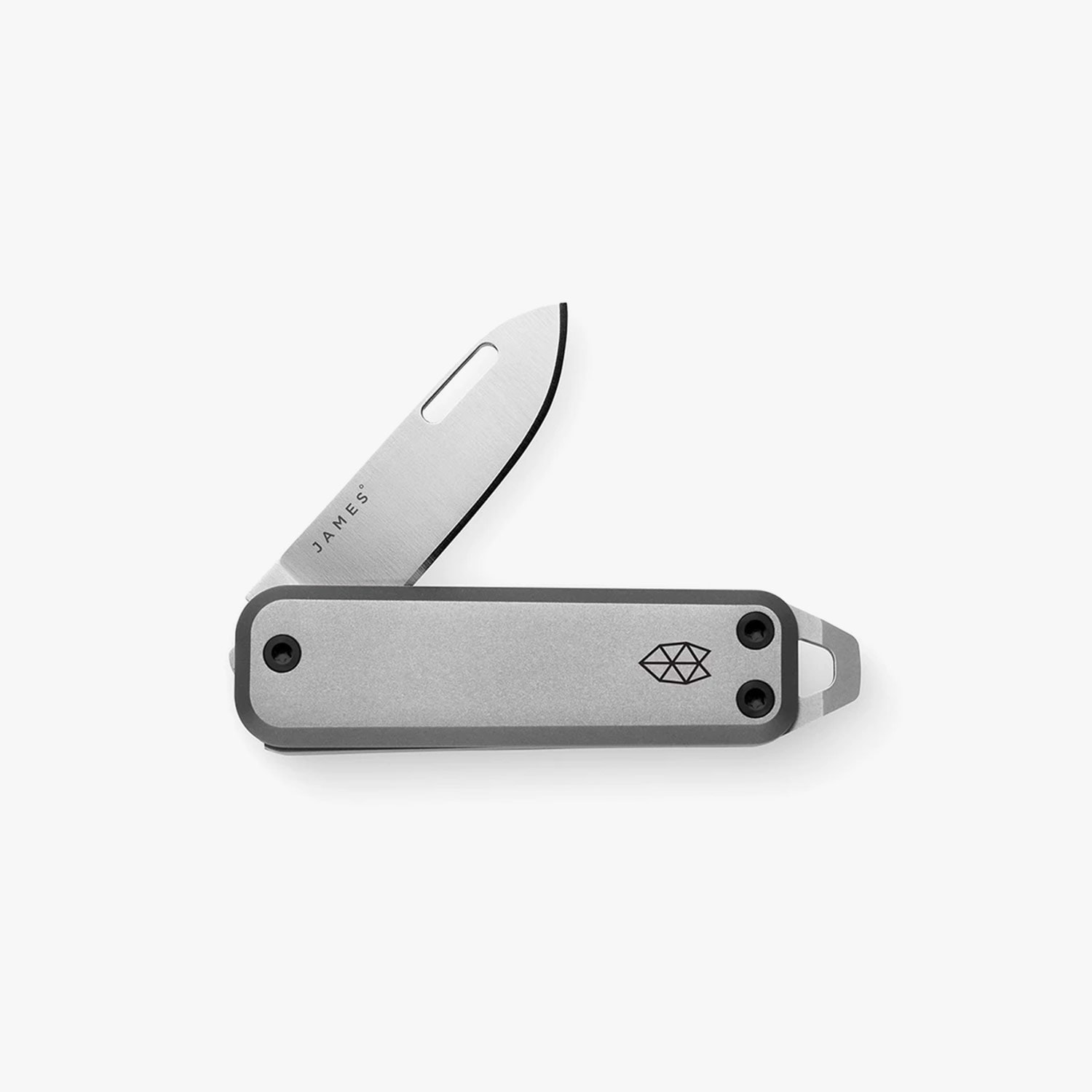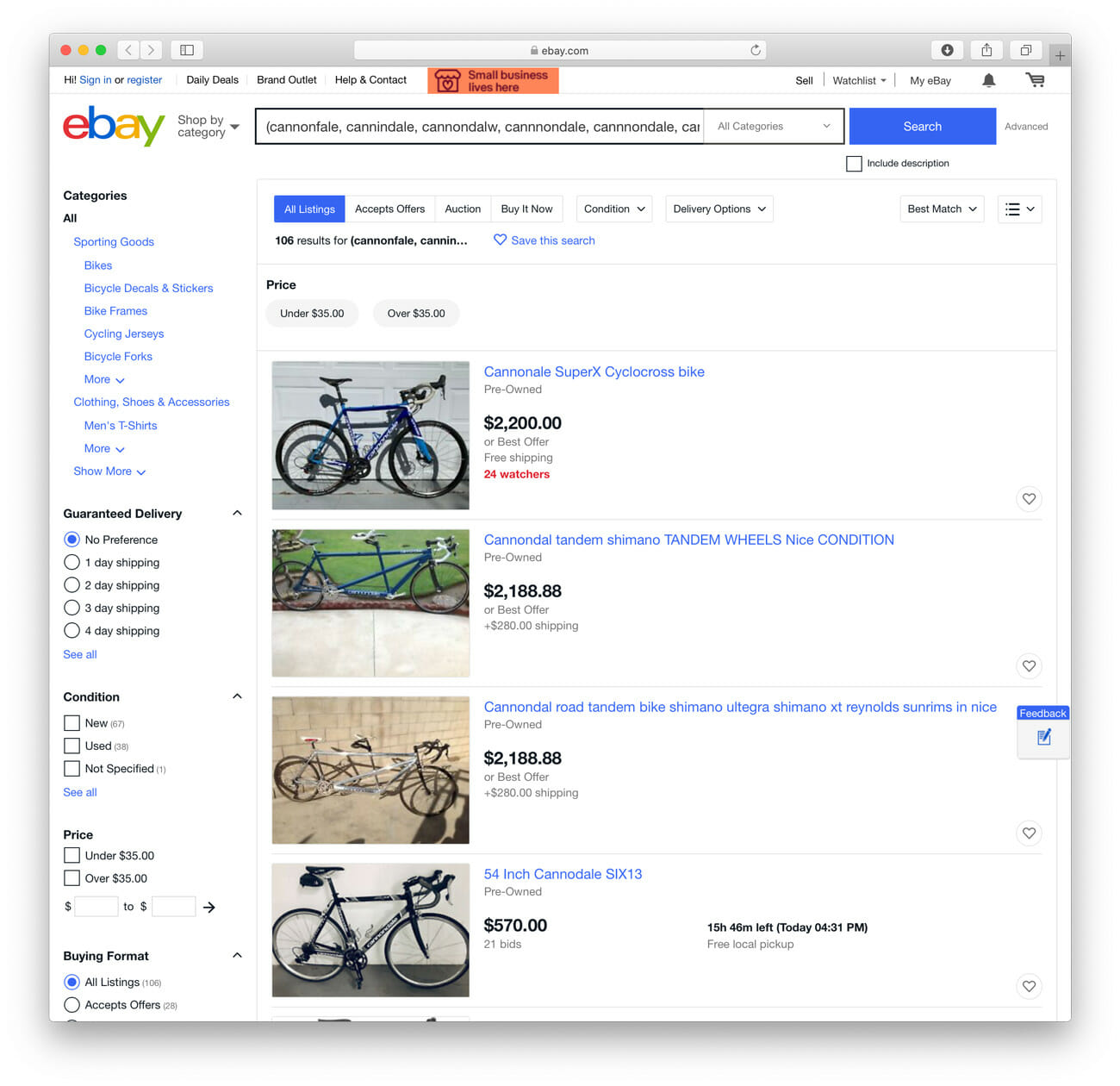Some product launches are predictable — hiking boots and rain jackets in spring; skis and jackets for winter. Some things don’t fall so neatly into weather-defined timelines though, like pocket knives. Designers and makers never stop, and manufacturers that roll out as many as 50 new knives per year don’t do so all at once. Instead, blades are revealed in a steady flow, and there’s something new to ogle every week. We make it our mission to keep you in-the-know as knives that have the potential to become your next daily sidekick are released. But just in case you missed one, we’ll round up our findings in one concise, easy-to-scroll article.
This month, we saw the release of Kickstarter knives, a new take on a classic blade, an unlikely folder from a brand with knife history going back to World War II and more.
WESN Microblade
It’s undeniable that Kickstarter has changed how products transform from idea to item. It’s democratized the process: no longer does one need a mountain of savings or an audition on Shark Tank to begin to make a product that might be the start of the next “it” brand. To date, the platform has helped produce everything from kayaks that fold up, origami-style, to what may be the most popular camera bag ever. And then there’s this tiny pocket knife, made by WESN Goods.
WESN’s Microblade debuted on Kickstarter last October and met its $12,000 goal in less than 60 minutes. WESN won the hearts of its backers by making its knife as small as possible without sacrificing utility. It’s 2.25 inches when closed — about the same size as a standard house key — and 3.75 inches when open. The Microblade’s titanium body is exceptionally lightweight and durable, and its Vanadium-infused stainless steel blade is harder and more rust-resistant than ordinary steel. A pocket clip and a lanyard hole make it extraordinarily carriable too.
Kickstarter users agreed; over the course of its campaign, the Microblade earned a cool $218,306 — not bad for something so small. Now, nearly a year later, WESN’s first product is available on Amazon for $50. The Microblade hasn’t changed at all either — it still packs all the functionality of a full-sized pocket knife into a package that’ll go unnoticed in your pocket or on your keychain.
Buck Knives 112 Ranger Pro
As with art and technology, pocket knives aren’t created in a vacuum. The knife is one of the oldest tools known to man, and as such, it’s an object that offers makers hundreds of years of inspiration to draw from in creating new designs. Some classics, like Buck Knives’ 110 Hunter, aren’t quite that dated though. The famous knife was created in 1963 as a folding alternative to the heavier fixed blades that were commonly used in outdoor pursuits. The 112 followed it nine years later as something even more pocketable, and this year that model received a remake in the form of the 112 Ranger Pro.
The new 112 Ranger Pro is like its forebear but is modernized with a G10 handle, nickel bolsters and an S30V stainless steel blade. The hallmarks of the original still stand: it’s 7.25 inches open, features a clip-point blade shape and uses a time-honored lockback design. It comes on the heels of last month’s release of two different automatic versions of the 112 but forgoes that new, button-activated opening mechanism for the original nail nick. The Ranger Pro is also accompanied by a more affordable Ranger LT that uses a full nylon handle.
It’s easy to write off re-releases and retro-inspired remakes as shallow plays to leverage nostalgia into sales, but timeless objects maintain their allure for a reason. The 112 Ranger, as well as the 110, are still in circulation because they’ve remained practical, and even though they were originally designed for hunting, both are worthy of any contemporary everyday carry. The Pro keeps that level of function but offers the benefits (and attraction) of upgraded materials — and there’s nothing wrong with that.
Statgear Slinger
Not every company meets success in crowdfunding, but Statgear, a gear company founded by a New York City paramedic named Avi Goldstein, has. Just last year it launched two campaigns on Kickstarter and Indiegogo, one for a premium folding knife called the Asus that earned over $75,000 and another for a key-sized, katana-inspired blade called the Pocket Samurai, which received $54,000. Its new blade, the Slinger, saw similar success in its debut last month — it’s earned more than $56,000.
The Asus and the Pocket Samurai were successful because the positioned practical functionality in unique (and pretty) designs and the Slinger follows that example. It’s a small folding knife designed with premium materials for everyday use. The three-inch skeletonized handle is stainless steel, and the modified, two-inch spey-point blade is D2 stainless steel, a type that excels in both corrosion-resistance and edge retention. It’s also a flipper, the company’s first.
Statgear is building the Slinger as an everyday carry pocket knife with the idea that it’ll be used for the practical tasks that we regularly encounter (like opening packages). It didn’t ignore the fact that everyday knives should also look good, so it’s producing it in three finishes: blue and gold, grey and blue, and black and black.
Ka-Bar Jarosz Wharncliffe Flipper
Ka-Bar is well known in the world of knives, but not for the type that you’d carry around every day. Its most famous blade is the USMC, a seven-inch fixed blade that was designed originally for the United States Marines at the onset of World War II. Its strength and utility in and out of combat have made it a popular choice among servicemen and women in wars past and present, so much so that even combat knives not made by the company have commonly been referred to as “kabars.” Ka-Bar’s newest knife isn’t for fighters though; it’s for people who need a knife to use for everyday tasks like opening packages and cutting cords.
The knife is called the Jarosz Wharncliffe Flipper, which is a straightforward name that signifies precisely what it is: a folding, flipper-style pocket knife with a Wharncliffe blade shape that was designed by Jesse Jarosz (it’s also available with a spear point). The blade is 3.375 inches long and made of corrosion-resistant AUS-8A stainless steel that’s held with a G10 handle and a titanium backside.
The Jarosz Flipper proves to be a foil to the iconic USMC battle knife, most notably with the Wharncliffe shape. Wharncliffe blades, which are characterized by a curved spine that extends gradually from the handle to the tip, are commonly used in utility knives. The shape allows them to cut and slice while minimizing the possibility for an accidental puncture with the less-exposed tip. Historically, they were favored by farmers and sailors, but are just as capable in the hands of contemporary workers of all types. And even though it isn’t the Ka-Bar, it still comes with the same high rank of quality that the company has built its reputation on for over 100 years.
The James Brand Elko
Technically the Elko isn’t a new knife — it came out last year. But it is our favorite keychain pocket knife, and this month the James Brand released it in three new colors: canary yellow, bone white and red.
For those who are unfamiliar with the Elko, it’s no larger than a USB stick. Open, it’s just over 4.3 inches, shorter than a standard pen. Its 1.7-inch blade is Sandvik 12C27 steel, which is hard, corrosion-resistant and features a one-of-a-kind drop-point shape explicitly designed for maxing out effectiveness with the smallest possible profile. Additionally, the keyring loop on the Elko’s butt is designed for prying, scraping, twisting screws and opening bottles.

